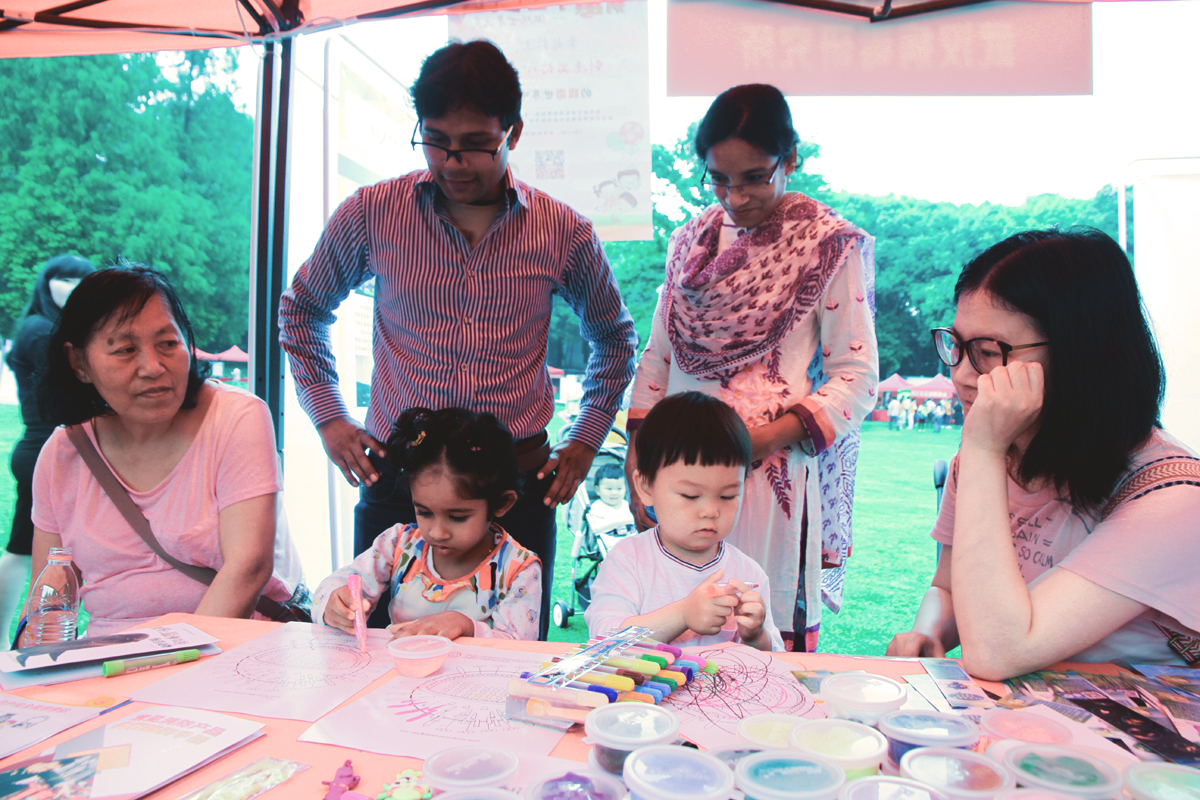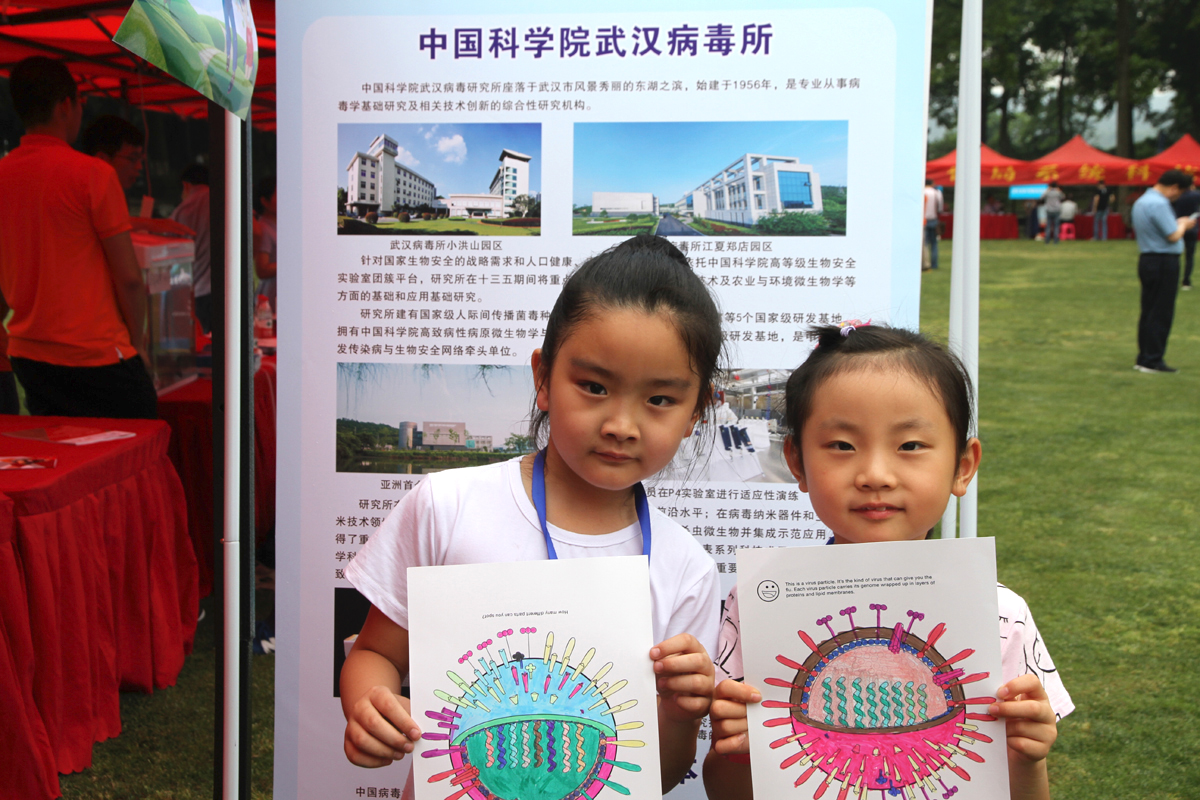On May 20th, the 2017 Hubei “Science Activity Week” in the theme of “making China powerful through science and technology, realizing dreams through innovation” was launched in Wuhan where Wuhan Institute of Virology (WIV), Chinese Academy of Sciences (CAS) presented a science-popularizing feast to the public in the theme of “innovation and development, technology and the future”.
In combination with own advantages and discipline characteristics, WIV held the “Biological Safety, Infectious Disease and Human Health” science popularizing exhibition to popularize the sciences concerning the seasonal epidemics, emerging and emergent infectious diseases, biological safety and other hot issues that have aroused wide attention both at home and abroad in recent years to the public by taking the first BSL-4 laboratory in China and the newly upgraded Virus Specimen Museum of China (VISM) as the carriers. To better demonstrate the microscopic virus world, WIV not only made the biological safety and 3D printed virus science popularizing exhibition boards, but also brought exquisite 3D printed color virus models, handmade clay models and originally designed beautiful science-popularizing bookmarks. Lots of kids gathered before the exhibition stands and used the clay, watercolor and coloring cards to create the virus world in their mind according to the 3D printed virus models on tables.
During that period, WIV also opened the VISM and National Key Laboratory of Virology to students and social organizations. On the day of the event, a total of more than 300 visitors came to visit the exhibition through online and offline bookings. The citizens came to the museum to experience the electronic microscope, 3D printing and 3D assembling, viewed the original science-popularizing videos and used clay and crayons to make DIY virus models. At the same time, people used the virtual reality (VR) devices to pretend as the “cells” to snipe the viruses in the live-action games and understand the process of virus attacking and antibody producing in human body.

Chinese and foreign kids were coloring cards to create the virus world.

Kids drew influenza virus models.